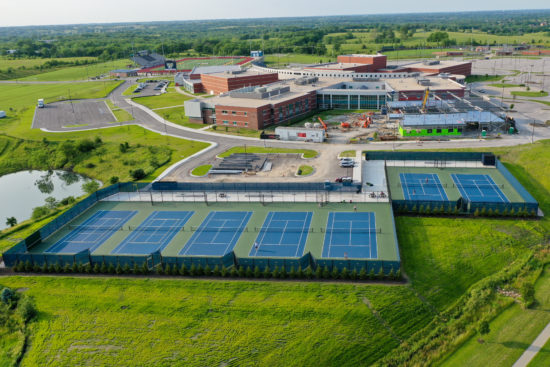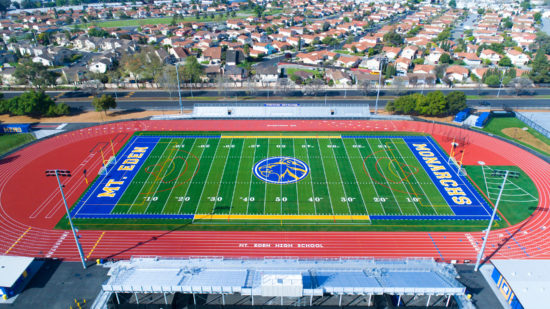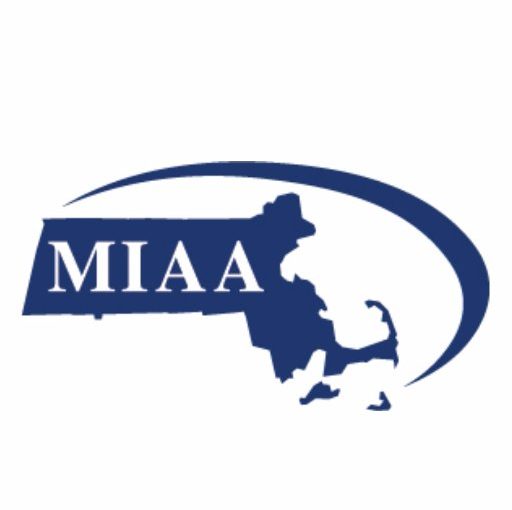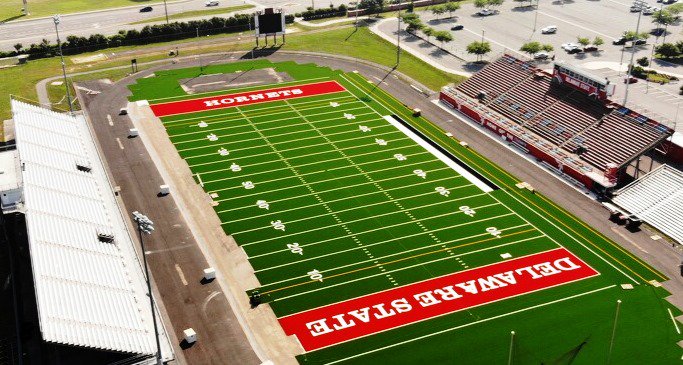Do Your School’s Athletic Facilities Get Public Use? Here’s What to Do
{Sponsored} Your school is not hosting fall sports but it’s likely you’ve noticed your athletic facilities – your tennis courts, your running track and your sports fields – are still getting a lot of use.
Much of that use doesn’t have to do with school teams or student athletes, however. A lot of it comes from the community and it’s a natural by-product of the pandemic. When gyms closed, people began exploring the outdoors for their recreation. In fact, across the nation, the sale of bicycles, running shoes and fishing tackle had an absolutely unheard-of spike.Of course, a natural discovery for many people happened to be the athletic facilities available in their own neighborhoods: paths, trails – and yes, high school and other municipal facilities, such as tennis courts, running tracks and sports fields.

This wouldn’t be bad at all, except that with no supervision available, you’re starting to see problems now, including…
- Your track being run on by community members who think it’s perfectly okay to dig out the spiked shoes they haven’t worn since high school, and to let their kids use bikes and scooters as well
- Your ball fields are being used by people who don’t clean up after themselves
- Your sand pits are being used as sand boxes by those who bring toddlers while they’re getting in a few laps on the track; it also looks like (sigh) cats have been there as well
- Your athletic fields are being used as makeshift dog parks (Ugh, need we say more?)
- Your tennis court surfaces are starting to show black marks from non-court shoes and the nets are sagging
- Gates are starting to drag on the surface of the athletic facility – a sure sign kids have been swinging on them
…honestly, it’s a good thing community residents don’t have access to your gym. Or your swimming pool. Or your weight room. Or your auditorium.
The question, of course, is what you can do about it. And the fact is that if you try to come across as an authority figure, you’re likely to hear: “My tax dollars pay for this” (or some variation thereof). So what’s an approach that is likely to work?
It might not be one specific approach, but a combination of them. Here are some of the best practices, as suggested by the American Sports Builders Association (ASBA), the national organization for builders, designers and suppliers of materials for sports fields, running tracks, tennis courts and indoor and outdoor courts and recreational facilities:
Involve the community
Reach out to the community associations in the area. Note: There may be more than one for the area your school covers. Host a community charrette for each organization (Zoom is a great medium for this). Discuss each facility in general terms and note that, while you welcome community use, the facilities are sustaining damage. Use PowerPoint or another slide platform to provide directions on the type of footwear – and the type of use – each venue requires.
In addition, get quotes from specialty sports contractors who perform work on tennis courts, tracks, etc. Provide figures showing how much it costs to have damage fixed – and note that type of damage is not covered in the warranty provided by the contractor. (A little shock may be just what people need in order to understand your concerns). If the community association is not prepared to pay for the damage (and they won’t be), they need to be on board with the rules.
As a side note, add that if the problems continue, the facilities will have to be locked off so that the public is not able to use them. This is often a potent threat and can assist with enforcing the rules.

As a follow-up note: have yourself added to the e-mail list for the community so that you know what is being said, and what is going on.
If vandalism is a problem, talk to your lighting company about motion-activated lights, or about setting the lights to run throughout the night. Criminals hate a spotlight and an audience while they are doing their work.
Post signs: Posting the rules for each facility should be Job One. Here are some signage suggestions:
Signs for Tracks:
BEFORE ENTERING THE TRACK, PLEASE…
- Shoes: Running shoes, cross-trainers, tennis shoes, and 1/8” pyramid spikes are the only footwear allowed
- Vehicles: No skateboards, bikes, tricycles (including recumbents, elliptical bikes or other variants) or rollerblades/skates allowed
- No pets (including therapy animals) at any time
- Please clean up all litter, including wrappers, water bottles and other debris
- This facility is unsupervised; please use caution at all times and do not work out alone
Signs for Fields:
BEFORE ENTERING THIS FIELD, PLEASE…
- No pets allowed (including therapy animals) at any time
- Please keep children off the field unless they are playing an athletic activity
- Please clean up all litter, including wrappers, water bottles and other debris
- This facility is unsupervised; please use caution at all times and do not work out alone
Signs for Baseball and Softball Fields:
BEFORE ENTERING THIS FIELD, PLEASE…
- No pets allowed (including therapy animals) at any time
- Please keep children off the field unless they are playing on an authorized team
- Please clean up all litter, including wrappers, water bottles and other debris
- This facility is unsupervised; please use caution at all times and do not work out alone
Signs for Tennis Courts:
BEFORE ENTERING THE COURTS, PLEASE…
- Non-marking/tennis-specific shoes only (No running shoes or other black-soles shoes)
- Please do not touch the net
- Do not put marks, chalk lines or tape on the court surface
- Please clean up all litter, including wrappers, water bottles and other debris
- This facility is unsupervised; please use caution at all times and do not work out alone
Provide a phone number on each sign, so that those seeing misbehavior can call and report it. The sooner you get the community on board with the rules, the better.
What else can you do? If budgeting allows, you can make it more difficult for misuse to occur. All facilities should be fenced in; this goes without saying for any facility – public or private. Putting fence mazes at the entrances to tennis courts, tracks and fields reduces the possibility of individuals bringing in bicycles and other vehicles.
For tennis courts, using a net post with an interior winding mechanism, which can be locked into place, will reduce the potential of anyone trying to tighten or loosen the net. If the courts are not in use by anyone in the school at the time, you can always take down the net entirely.
If your field’s sand pits are not in active use, put a locking top on them so that can be opened for practice or competition (but not at any other time).
Yes, there may be complaints from the community. Here are some suggestions:
- For those who want to run, cycle, skate or anything else, ask the community association to provide information on local trails that can be used instead (this may be an important point to bring up in community charettes)
- Tennis players may want to learn about the courts available in local parks (the USTA, by the way, is an enormous proponent of tennis in public parks)
- Provide a list of playgrounds and tot lots in the area for those who want their kids to have access to sand boxes or other child-friendly amenities
While nothing can make a facility entirely goof-proof, your work with the community can go a long way toward creating a better relationship and opening the lines of communication. Provide your e-mail address (or some form of communication) so that residents can get in touch with you with any concerns and questions. If a community wants to have a special task force about school facilities, welcome this. They are likely to want to maintain a good relationship with you.
If vandalism occurs, or damage continues and the facilities need to be locked, make sure that is communicated to the community. Note that while they may be unhappy about it, nobody will be able to say your school did not do their best to meet them in the middle, set ground rules and open the lines of communication.
With any luck, your facility won’t sustain damage or have ongoing problems – and you will have created a good relationship with your local community, which can come in handy later on.
For information about American Sports Builders Association, visit https://sportsbuilders.org/
© 2020 American Sports Builders Association







